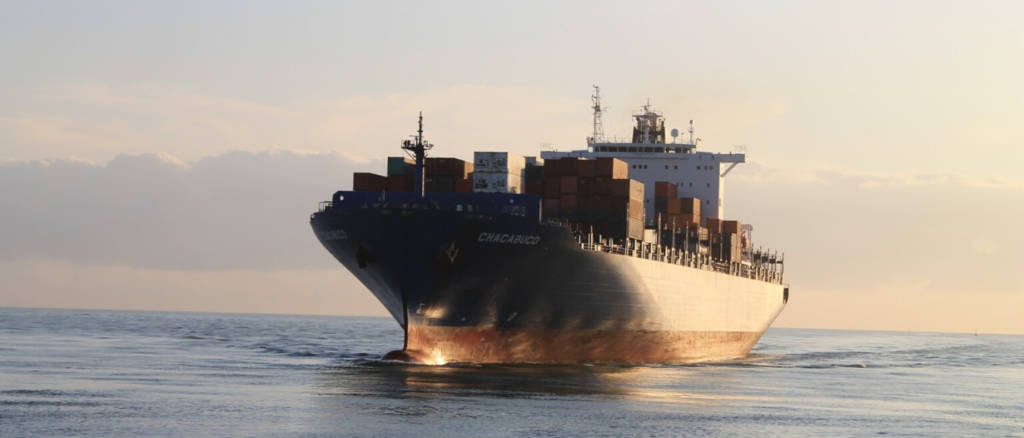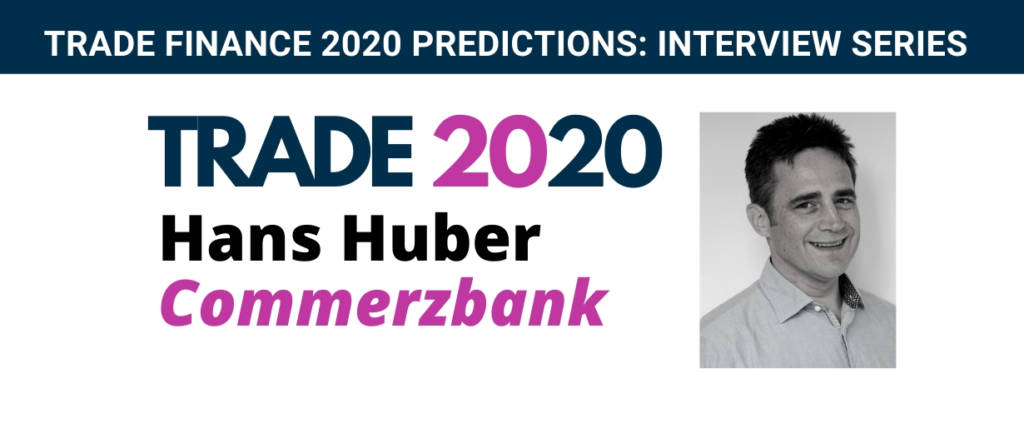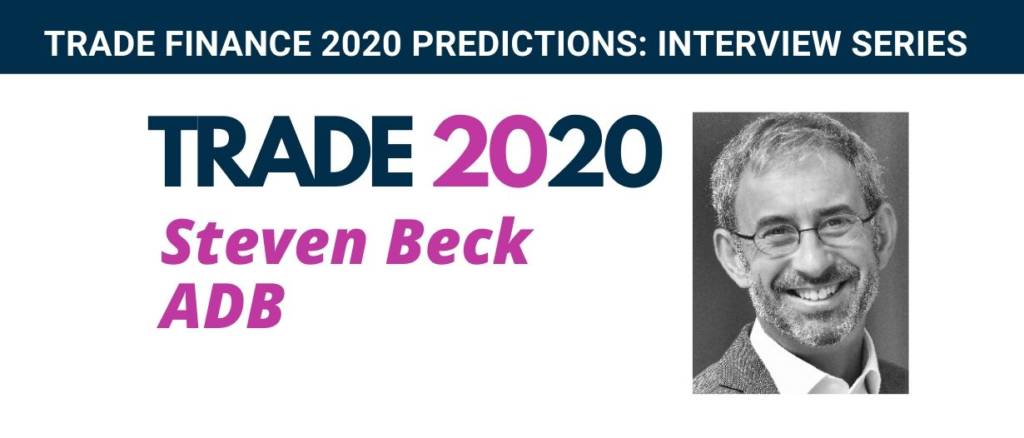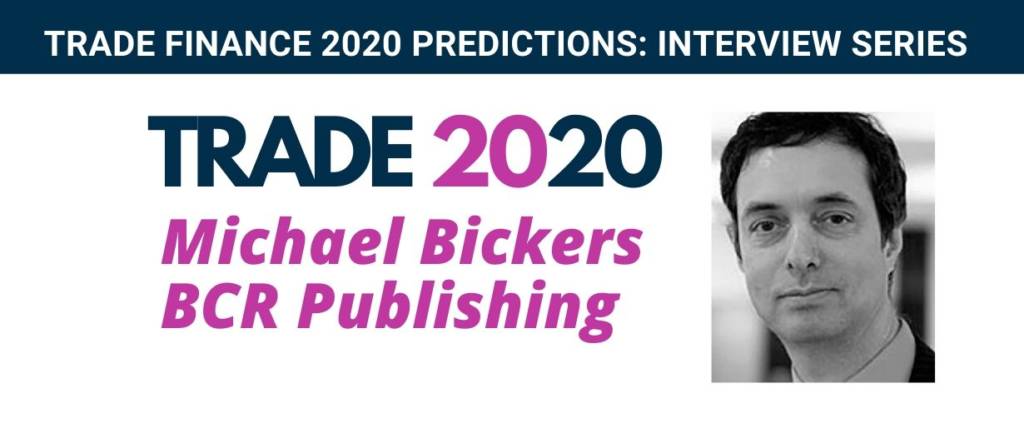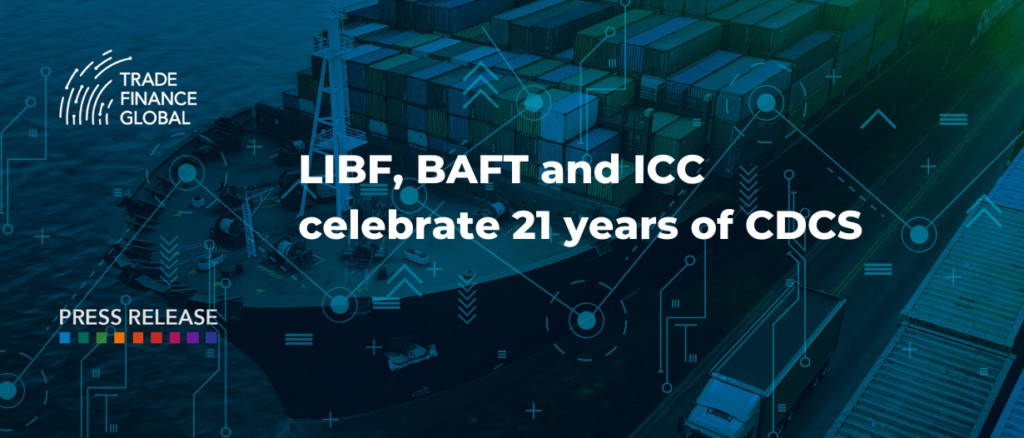Convening alongside the World Economic Forum Annual Meeting in Davos, the International Chamber of Commerce (ICC) has joined the Singapore Government and industry partners to accelerate the digitalisation of global… read more →
Your Monday morning coffee briefing from TFG. Here are some of the last week’s updates from the trade sector. 27th January 2020.
WOA is delighted to announce that its New Year Meeting held on 16 January was a real success bringing around 90 delegates from a complete spectrum of Open Account businesspeople… read more →
Financial support from UK Export Finance worth over a half a billion pounds unlocks deals in Ghana, Zambia, Gabon and Uganda for UK exporters. Support has led to UK contracts… read more →
2020 marks the 21st anniversary of the Certificate for Documentary Credit Specialists (CDCS). LIBF’s experts in trade finance – Mike Backhouse, Alex Gray and David Morrish – explain why the… read more →
Commerzbank continues to strive to adapt to technological innovations of our new ‘digital era’ – as well as ensuring it is up-to-date with all market movements.
We heard from Steven Beck, Head of Trade Finance at the Asian Development Bank, giving his musings on 2019, a year of uncertainty in trade, and what 2020 might bring for trade and supply chain in Asia.
Michael Bickers, MD, BCR Publishing walked us through the trends in supply chain and receivables finance in 2019, arguably one of the most uncertain in the last decade. In an interview with TFG, Bickers gave his view on what’s in stock for SCF and receivables in the year ahead, commenting on APIs, blockchain and competitive growth in supply chain finance, in preparation for the BCR Supply Chain Finance Summit in Amsterdam this month.
The London Institute of Banking & Finance (LIBF), the Bankers Association for Finance and Trade (BAFT) and the International Chamber of Commerce (ICC) are celebrating the 21st birthday of the… read more →
TFG heard from Charles Bryan, Secretary General of EESPA. The global market is forecast to encompass 550 billion invoices annually. It is expected to quadruple in size by 2035.



















